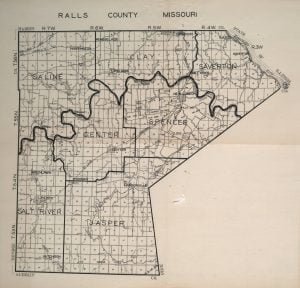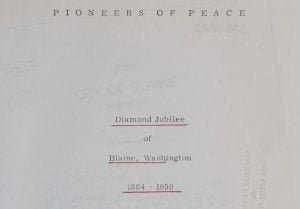Portrait and Biographical Record of Seneca and Schuyler Counties, NY
In this volume will be found a record of many whose lives are worthy the imitation of coming generations. It tells how some, commencing life in poverty, by industry and economy have accumulated wealth. It tells how others, with limited advantages for securing an education, have become learned men and women, with an influence extending throughout the length and breadth of the land. It tells of men who have risen from the lower walks of life to eminence as statesmen, and whose names have become famous. It tells of those in every walk in life who have striven to succeed, … Read more






